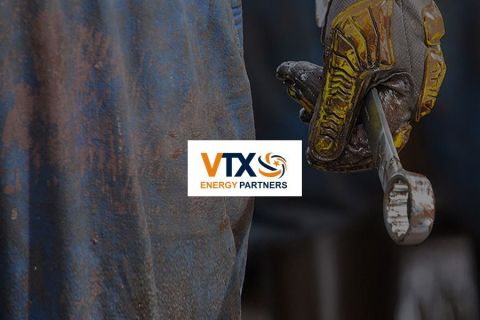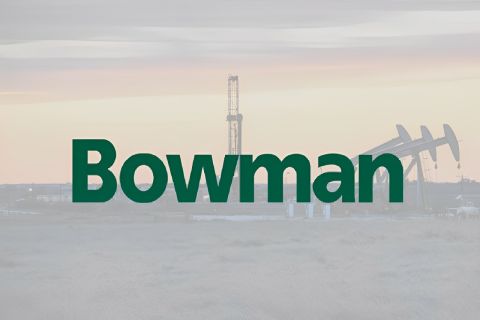
The “dead zone” between the July non-waiver wire trade deadline and the close of the season in September when teams battle for the play-offs is called the “dog days of summer.” Typically, August is a pretty strong season for NGL prices, but the summer of 2014 is turning into a bust, much like a player traded to a contender in the hopes of securing a play-off spot but batting .202 for the stretch run.
Case in point— NGL prices have remained at best static and at worst plunged in the past month. There are several primary reasons that we’ve discussed in previous issues of Midstream Monitor: infrastructure outages, construction delays and a cooler summer. All three of these headwinds are equal in terms of negatively impacting prices and it is becoming more likely that prices will remain weak for the remainder of this summer.
However, ethane cracking capacity is still expected to increase by the end of August and full capacity should be achieved sometime in October. Current cracking capacity is about 970,000 barrels per day (bbl/d), but will increase to 1.2 MMbbl/d once all plants are back online. The following crackers remain offline: Chevron Phillips Chemical’s Port Arthur, Texas, plant; Eastman Chemical Co.’s HCC-4 Longview, Texas, plant; and Williams Cos.’ Geismar, La., plant. The Williams facility is the one that is expected to remain offline the longest.
This has resulted in ethane inventory levels increasing to more than 36 MMbbl in May, according to the Energy Information Administration’s (EIA) most recent data. It is likely that inventories increased to more than 40 MMbbl in July, or will reach this level in August.
This large overhang is severely hampering ethane prices as they continue to plunge to their lowest levels this year. The Mont Belvieu price fell 2% to 22 cents per gallon (/gal), its lowest level since it was the same value the week of Jan. 9, 2013. The Conway price actually improved marginally to 19 cents/gal, its second-lowest price since the first week of February. Frac spread margins remain negative at both hubs with widespread rejection taking place throughout the country.
LPG exports have been the savior for propane prices this year, but limited domestic demand caused prices to plateau in July. While they remain much stronger than at the same time last year, prices lost value in July compared to the previous month. The Conway price fell 2% in the four-week period from the end of June to the end of July with the price down to $1.06/gal. The Mont Belvieu price fell 3% to $1.04/gal during this same period.
Heavy NGL prices outperformed their light counterparts as C5+ rose at both hubs and butane and isobutane remained flat at Mont Belvieu and increased at Conway. This was surprising as crude prices fell below $100/bbl for the first time in months due to record refinery runs. These low prices are expected to be a short-term issue though as international production levels are expected to decrease in the coming months and sanctions against Russia should limit the market for its production. The refinery run rates have been supporting heavy NGL, notably isobutane, and C5+ prices are correcting after falling throughout much of the month.
The NGL with the largest improvement at both hubs for the week of July 23 was C5+ as it rose 2% at Mont Belvieu to $2.23/gal, its highest price since it was $2.24/gal the week of June 26. The Conway price rose 1% to $2.21/gal, also its highest price since the week of June 26 when it was $2.22/gal.
The theoretical NGL bbl price improved 1% at Conway to $41.07/bbl with a 2% gain in margin to $27.81/bbl while the Conway price slightly improved to $40.85/bbl with a 2% gain in margin to $27.16/bbl.
The most profitable NGL to make at both hubs was C5+ at $1.81/gal at both hubs. This was followed, in order, by isobutane at $1.09/gal at Conway and 93 cents/gal at Mont Belvieu; butane at 86 cents/gal at Conway and 84 cents/gal at Mont Belvieu; propane at 73 cents/gal at Conway and 69 cents/gal at Mont Belvieu; and ethane at negative 5 cents/gal at Conway and 3 cents/gal at Mont Belvieu.
Natural gas storage levels were just about as forecasted as the EIA announced injection levels of 88 billion cubic feet for the week of July 25. This increased storage to 2.307 trillion cubic feet (Tcf) from 2.219 Tcf the prior week. This was 19% below the 2.837 Tcf posted last year at the same time and 22% below the five-year average of 2.948 Tcf.
Cooling demand should remain lower than average the first of August as the National Weather Service’s forecast anticipates cooler-than-normal weather throughout much of the country. These cooler temperatures are expected to run from New England down to the Tri-State region throughout the Midwest and into parts of the Rockies. Cooling demand should be up along the West Coast, Southwest, parts of the Gulf Coast and Southeast as the forecast anticipates warmer-than-normal temperatures.


Recommended Reading
VTX Energy Quickly Ramps to 42,000 bbl/d in Southern Delaware Basin
2024-09-24 - VTX Energy’s founder was previously among the leadership that built and sold an adjacent southern Delaware operator, Brigham Resources, for $2.6 billion.
US Drillers Cut Oil, Gas Rigs for Third Week in a Row
2024-10-04 - The oil and gas rig count fell by two to 585 in the week to Oct. 4.
EY: How AI Can Transform Subsurface Operations
2024-10-10 - The inherent complexity of subsurface data and the need to make swift decisions demands a tailored approach.
Bowman Consulting to Manage, Monitor Delaware Basin Wells
2024-10-14 - Bowman Consulting Group’s scope of work includes conducting detailed field surveys of above-ground infrastructure assets across well sites of up to to 8 acres.
E&P Highlights: Oct. 7, 2024
2024-10-07 - Here’s a roundup of the latest E&P headlines, including a major announcement from BP and large contracts in the Middle East.
Comments
Add new comment
This conversation is moderated according to Hart Energy community rules. Please read the rules before joining the discussion. If you’re experiencing any technical problems, please contact our customer care team.




